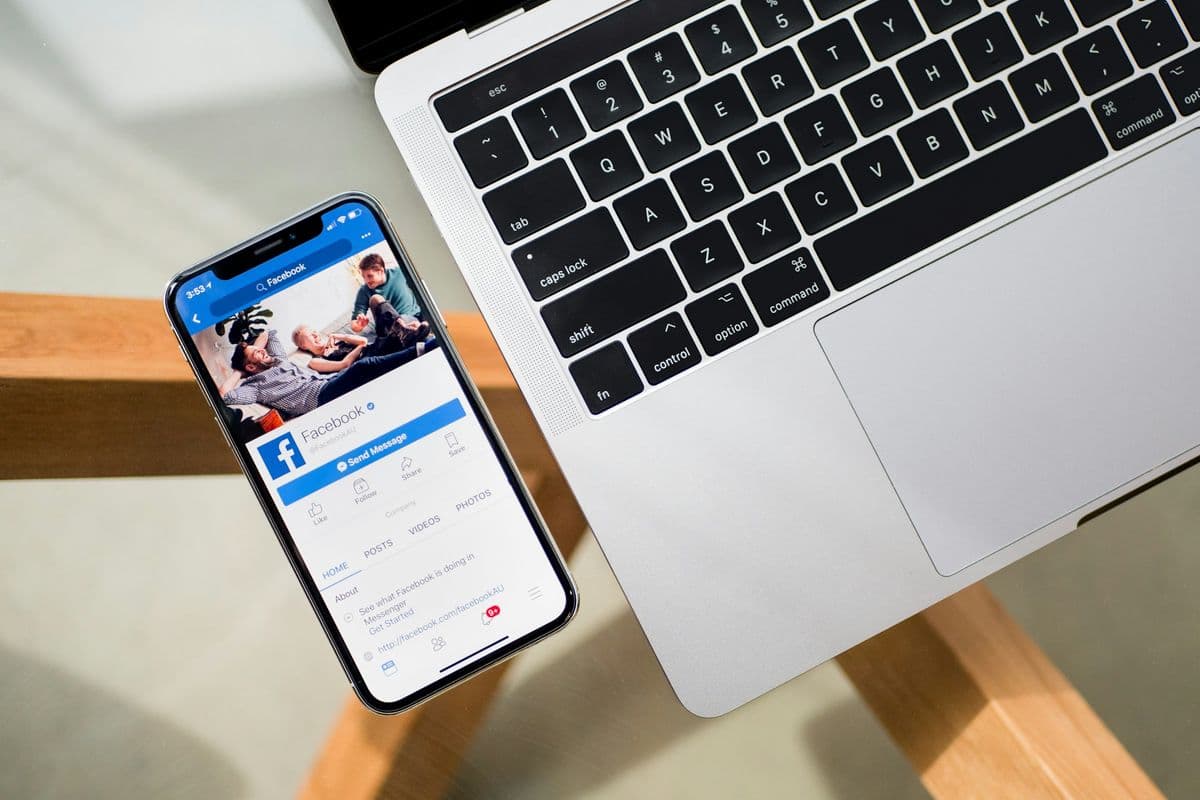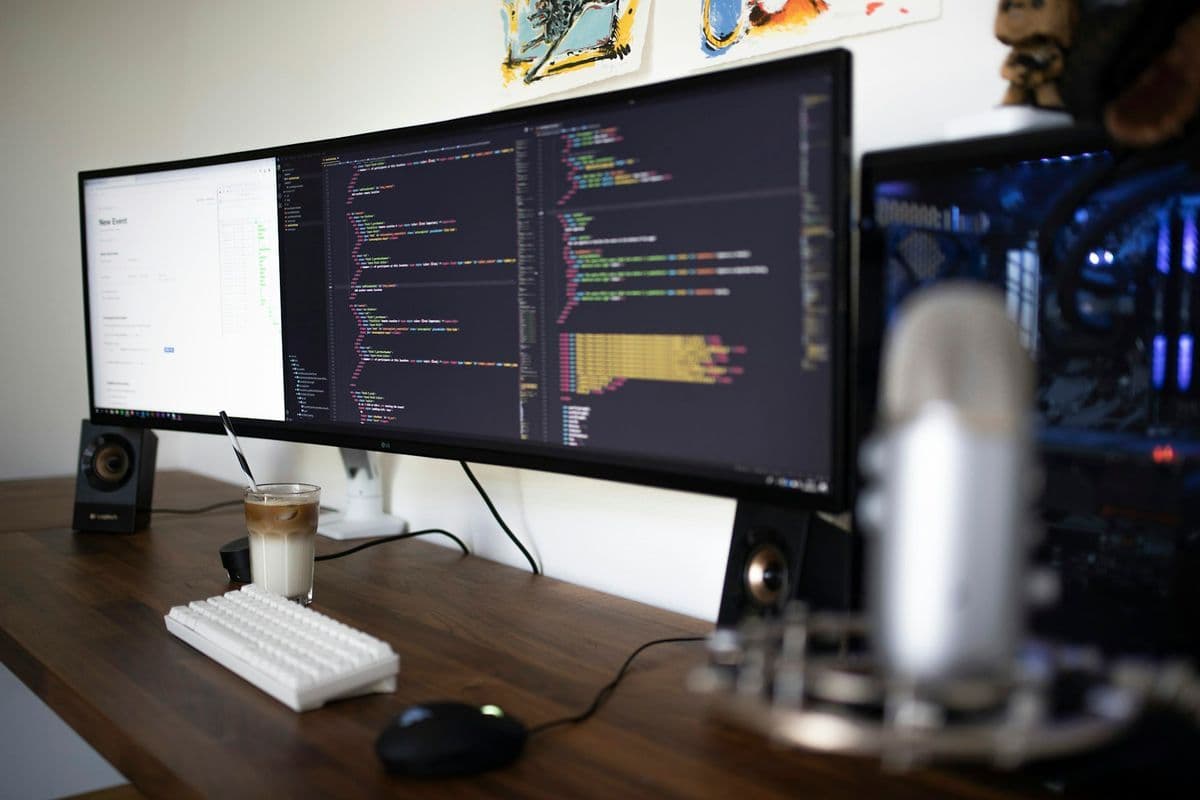You can build a mobile app without starting from scratch. That's exactly where CapacitorJS comes in.
Consider it the ultimate bridge between your web app and native mobile platforms, Android and iOS to be exact, without the headache of managing separate codebases. For startups and development teams racing to launch, this is a major advantage.
Wrap your existing web app in a native shell and gain access to powerful device features like GPS, push notifications, and even camera access.
Here's the beauty of it: CapacitorJS plays nicely with your favorite frontend frameworks—React, Angular, Vue, you name it. If your team is already comfortable in the web development space, integrating it feels like a natural next step rather than a steep learning curve.
It's the perfect tool for anyone who values speed, scalability, and efficiency, especially if you're looking to push out an MVP that still feels polished and powerful.
In this guide, we'll walk through everything from how CapacitorJS works to how it simplifies cross-platform deployment. Whether you're scaling fast or just getting started, you'll see why this tool is becoming a must-have for modern app development.
CapacitorJS Setup and Configuration
Getting started with CapacitorJS might sound technical, but don't worry, it's far easier than it seems. Before diving in, make sure you've got the essentials: Node.js (version 18 or higher), npm, and if you're targeting mobile platforms, you'll need Android Studio 2023.1+ and Xcode 15.0+ for iOS. Oh, and don't forget CocoaPods: for iOS, it's a must for managing dependencies.
Once you're set up, it's time to install Capacitor. Open your terminal and run:
npm install @capacitor/core @capacitor/cli
Next, initialize your project with:
npx cap init
You'll be prompted to provide your app's name, ID, and directory: where your web assets live (usually something like dist). It's straightforward, and Capacitor handles the heavy lifting.
Adding platforms is just as simple:
npx cap add android
npx cap add ios
Here's where the magic starts to happen. Build your web assets using your framework's build command—something like npm run build. Then, sync the newly built assets to your native projects:
npx cap sync
When you need to work on platform-specific customizations, open your projects directly:
npx cap open android
npx cap open ios
From here, you can tweak configurations in Android Studio or Xcode. Update capacitor.config.json: to point to your build directory, clean up unnecessary scripts in your HTML, and optimize runtime settings.
If you're using a bundler like Webpack, now's the time to fine-tune how assets are processed. This can save you headaches down the line by keeping things lean and efficient.
Test your app on emulators or physical devices.
It's always a good idea to run through both platforms to catch quirks early.
Preparing for app store submission? Double-check platform-specific guidelines: to ensure a smooth approval process.
CapacitorJS streamlines the conversion of web apps to mobile platforms and makes the entire process feel intuitive, even for complex projects.
Using Plugins and Native Features with CapacitorJS
Capacitor makes it surprisingly simple to tap into native device features using its powerful plugin system.
It’s an excellent option for multi-platform app development, supporting a shared codebase for web and mobile.
Whether it's grabbing device info, setting up push notifications, or managing local storage, plugins are your go-to tools for bridging the gap between web and mobile.
Installing plugins couldn't be easier. You start by adding them through npm, like this:
npm install @capacitor/device
Then, sync them into your project with a quick command:
npx cap sync
And just like that, you're ready to integrate native APIs using JavaScript.
Capacitor offers a variety of official plugins maintained by their team, for things like camera access and geolocation, as well as a growing collection of community plugins. The system also supports many Cordova plugins if you've already built something on that ecosystem. Just keep in mind that some Cordova plugins may need extra tweaking to play nice with Capacitor.
For advanced use cases, you can even write custom platform-specific code. Capacitor also supports custom solutions on Android and iOS, ensuring that even the most unique requirements can be handled.
Here's a quick peek at what plugins can help you achieve:
- Fetching device details like model and OS.
- Sending push notifications to users.
- Managing local data storage on the device.
- Seamlessly integrating with third-party tools and APIs.
Some plugins require additional setup, particularly those involving native configurations.
For instance, enabling push notifications may mean tweaking settings in Xcode or Android Studio.
With Capacitor, your web apps deliver native functionality and truly feel like they belong on the device. That’s the magic of the plugin system: giving your app all the perks of native development while staying within the web tech stack.
Best Practices for Cross-Platform Apps with CapacitorJS
To wrap things up, CapacitorJS is a powerful ally for startups and tech-driven teams looking to bridge the gap between web and mobile. It simplifies the process of transforming web apps into cross-platform mobile experiences, saving time and resources while maintaining flexibility. From its seamless integration with popular frontend frameworks to its comprehensive plugin system, it's clear why this tool is a favorite for rapid MVP development.
Of course, like any tool, it comes with certain challenges, configuration details, debugging quirks, and the need to optimize for mobile UX. But with a little preparation and attention to detail, you can deliver apps that feel polished, responsive, and native.
And you’ll keep your options open, with the freedom to scale and iterate quickly.
If you've got an app idea and want to hit the ground running, why not let us help you bring it to life? At NextBuild, we specialize in rapid MVP development, combining speed and scalability to turn your vision into reality.
Reach out to us today and let's create something extraordinary together.



